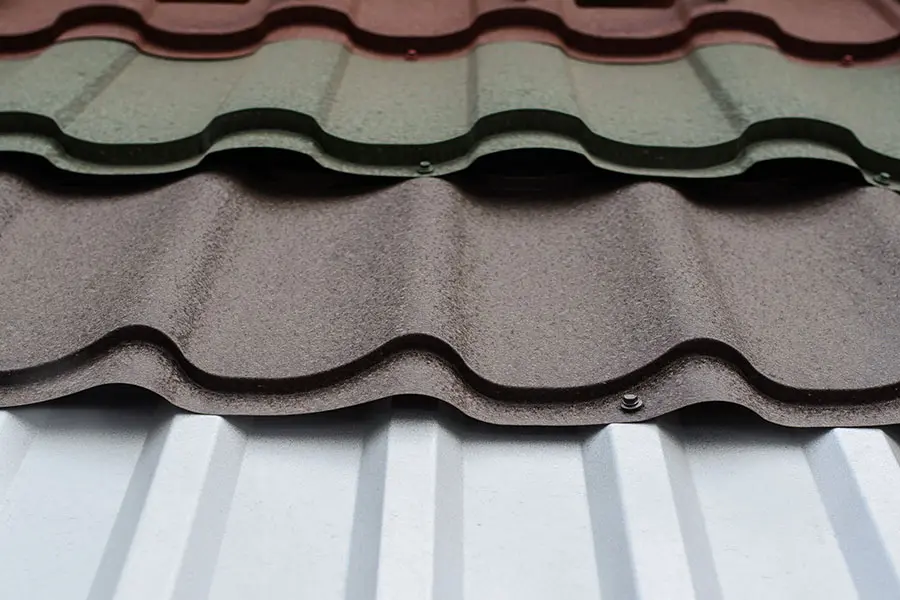Finest Practices for Ensuring Appropriate Roofing Air Flow
Making certain correct roof ventilation is crucial for the longevity and performance of a roof covering system. A balanced intake and exhaust vent ratio, typically 1:300, plays a pivotal role, with intake vents ideally placed at the reduced edge of the roof for great air entrance and exhaust vents at the peak for warm air exit. Normal examinations to determine clogs and preserve clear air movement are critical. Maintaining insulation away from vents is crucial to prevent air movement restriction. Understanding these foundational aspects establishes the phase for more in-depth insights into installment and upkeep methods that can considerably improve your roof's performance.
Understand Air Flow Fundamentals
Effectively understanding ventilation basics is essential for guaranteeing the durability and performance of roof systems. Efficient ventilation alleviates moisture build-up and temperature extremes in the attic room, both of which can result in considerable structural damages in time. A well-ventilated roofing aids in stopping common issues such as mold growth, timber rot, and ice dams, which can endanger the integrity of the roof covering products and the underlying frameworks.
The key goal of ventilation is to facilitate the activity of air, enabling a regular exchange between the outside and interior environments. This equilibrium is attained with a mix of consumption and exhaust vents that interact to maintain optimal air movement. Intake vents, normally located along the eaves or soffits, permit fresh air to go into the attic room space, while exhaust vents, frequently situated at or near the roof covering ridge, allow warm, moist air to leave.
Key factors influencing the performance of roofing ventilation include proper positioning, sufficient sizing, and making certain that both consumption and exhaust vents are unobstructed. Routine evaluation and upkeep are essential to determine potential blockages, damages, or ineffectiveness in the ventilation system, consequently guarding the roofing system's efficiency and durability.
Kinds Of Roofing System Vents
Roofing system vents play a critical function in keeping efficient attic room ventilation and, by expansion, the total wellness of the roof. Numerous types of roof covering vents are offered, each with unique benefits tailored to details roofing needs. Ridge vents, for instance, are installed along the roof's height, allowing warm, humid air to get away from the attic room. They provide continuous air flow and mix flawlessly with the roofline, making them both efficient and cosmetically pleasing.

Soffit vents are set up under the eaves and work in tandem with roofing system vents to make sure a balanced intake and exhaust system. By permitting cooler air to get in from below, soffit vents help with the expulsion of warm air through upper vents. Gable vents, situated on the exterior walls of the attic, deal an additional effective solution, especially in homes with gable roofs.
Examine Your Present Air Flow

Following, think about the age and condition of your roofing products and air flow elements. Older systems may not follow present building regulations or may have degraded with time, reducing their performance. Conduct a comprehensive assessment to recognize any indicators of damage, such as rust, damages, or gaps that could compromise the system's efficiency.
In addition, gauge the attic temperature level and moisture degrees. High temperature levels and humidity can indicate insufficient air flow.
Installation Best Practices
Effective installment of roof covering air flow systems is critical for making certain optimum performance and durability. Appropriate setup starts with understanding the particular ventilation demands of the building and the roof covering it covers. This involves calculating the proper proportion of consumption to exhaust vents, usually sticking to the 1:300 guideline, which states one square foot of air flow for every single 300 square feet of attic floor room.

The placement of vents is equally crucial. Consumption vents must be mounted at the roof covering's lower side, typically in the soffits, to permit great air to enter. Exhaust vents, on the other hand, must be set up near or at the roofing system's height to facilitate the departure of cozy, wet air. This creates an all-natural air movement that helps maintain temperature level and dampness equilibrium within the attic room space.
Seal all air vent connections thoroughly to stop air leaks and possible water seepage. Usage top notch materials and comply with manufacturer guidelines to guarantee longevity and effectiveness. Additionally, integrating ridge vents with baffles can considerably improve air flow performance by preventing wind-driven rain and snow from going into the attic.
Eventually, specific setup of roof air flow systems alleviates possible issues such as mold and mildew growth, ice dams, and architectural damages, making sure the roofing's stability and the structure's total wellness.
Routine Maintenance Tips
Uniformity in upkeep practices is essential to making sure the long-lasting effectiveness of roofing ventilation systems. During these evaluations, ensure that vents are cost-free of debris, nests, and other obstructions that might hamper air movement.
Cleaning up the vents is an additional necessary job. Utilize a soft brush or a vacuum cleaner to eliminate dirt and debris from consumption and exhaust vents. Be careful not to harm the vent displays or louvers during the procedure. Additionally, check the attic room area for any indications of water damage, which can jeopardize the integrity of the roof.
Appropriate insulation is equally essential. Ensure that attic room insulation does not obstruct the vents, as this can significantly restrict air movement. If any insulation has changed or cleared up, reposition or change it to keep an effective obstacle.
Last but not least, replace any kind of damaged or missing elements immediately. Busted vents, split tiles, or shabby blinking can all contribute to inadequate ventilation and should be resolved immediately. Regular upkeep makes sure that the roof covering air flow system operates efficiently, thus prolonging the life expectancy of the roof covering itself.
Final Thought
Guaranteeing correct roof covering air flow is critical for maintaining the effectiveness and longevity of a roof covering system. Adherence to the 1:300 consumption helpful resources and exhaust vent proportion, combined with the calculated placement of vents, is essential. Normal biannual evaluations, debris cleansing, and making sure insulation does not obstruct airflow are vital techniques. Carrying out these finest practices will cultivate a well-ventilated roof system, thereby minimizing possible issues connected to moisture accumulation and too much warm, eventually extending the roof's life-span.
A balanced consumption and exhaust vent proportion, typically 1:300, plays a critical duty, with intake vents preferably positioned at the reduced side of the roofing system for awesome air entrance and exhaust vents see here at the height for cozy air exit. Intake vents, typically situated along the soffits or eaves, permit fresh air to enter the attic room space, while exhaust vents, usually situated at or near the roof ridge, make it possible for hot, moist air to leave.
Soffit vents are set up under the eaves and work in tandem with roofing vents to make certain a balanced intake and exhaust system. By allowing cooler air to go into from below, soffit vents assist in the expulsion of warm air via upper vents. Adherence to the 1:300 consumption and exhaust air vent proportion, paired with the tactical placement of vents, is important.